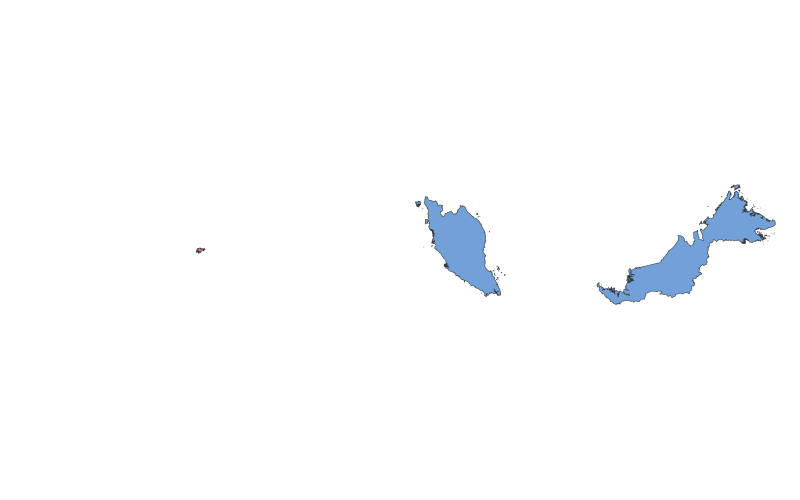Singapore vs. Malaysia: A Geographical Comparison

Comparison Table
| Category | Singapore | Malaysia |
|---|---|---|
| Location | Island at the southern tip of the Malay Peninsula | Southeast Asia, bordering Thailand, Indonesia, Brunei, and Singapore |
| Size | 728.6 km² | 330,803 km² |
| Climate | Tropical rainforest (hot, humid year-round) | Tropical (equatorial in the north, monsoonal in the south) |
| Natural Resources | Limited (reliance on imports) | Abundant (tin, petroleum, timber, natural gas) |
| Urban Development | Highly urbanized (90% urban) | Mixed (urban centers like Kuala Lumpur, rural areas in East Malaysia) |
| Transportation | Efficient public transport (MRT, buses) | Developing network (highways, railways, airports) |
Description
Singapore
Singapore is a city-state and island country located at the southern tip of the Malay Peninsula. Founded as a British trading post in 1819, it gained independence in 1965 and has since become a global financial hub. Known for its strict governance, multicultural society (Chinese, Malay, Indian, and Eurasian influences), and advanced economy, Singapore thrives on trade, finance, and technology. Despite its small size and lack of natural resources, it has leveraged its strategic location to become one of the world's wealthiest nations.
Malaysia
Malaysia is a larger, diverse country divided into Peninsular Malaysia and East Malaysia (Borneo). It gained independence from Britain in 1957 and later formed Malaysia in 1963. Rich in cultural diversity (Malay, Chinese, Indian, and indigenous groups), Malaysia's economy is driven by natural resources (oil, palm oil), manufacturing, and tourism. Its geography includes rainforests, mountains, and coastal regions, offering a mix of urban and rural lifestyles. Kuala Lumpur, the capital, is a modern metropolis, while East Malaysia boasts pristine natural landscapes.
Both nations share historical ties but differ significantly in size, resources, and development models.